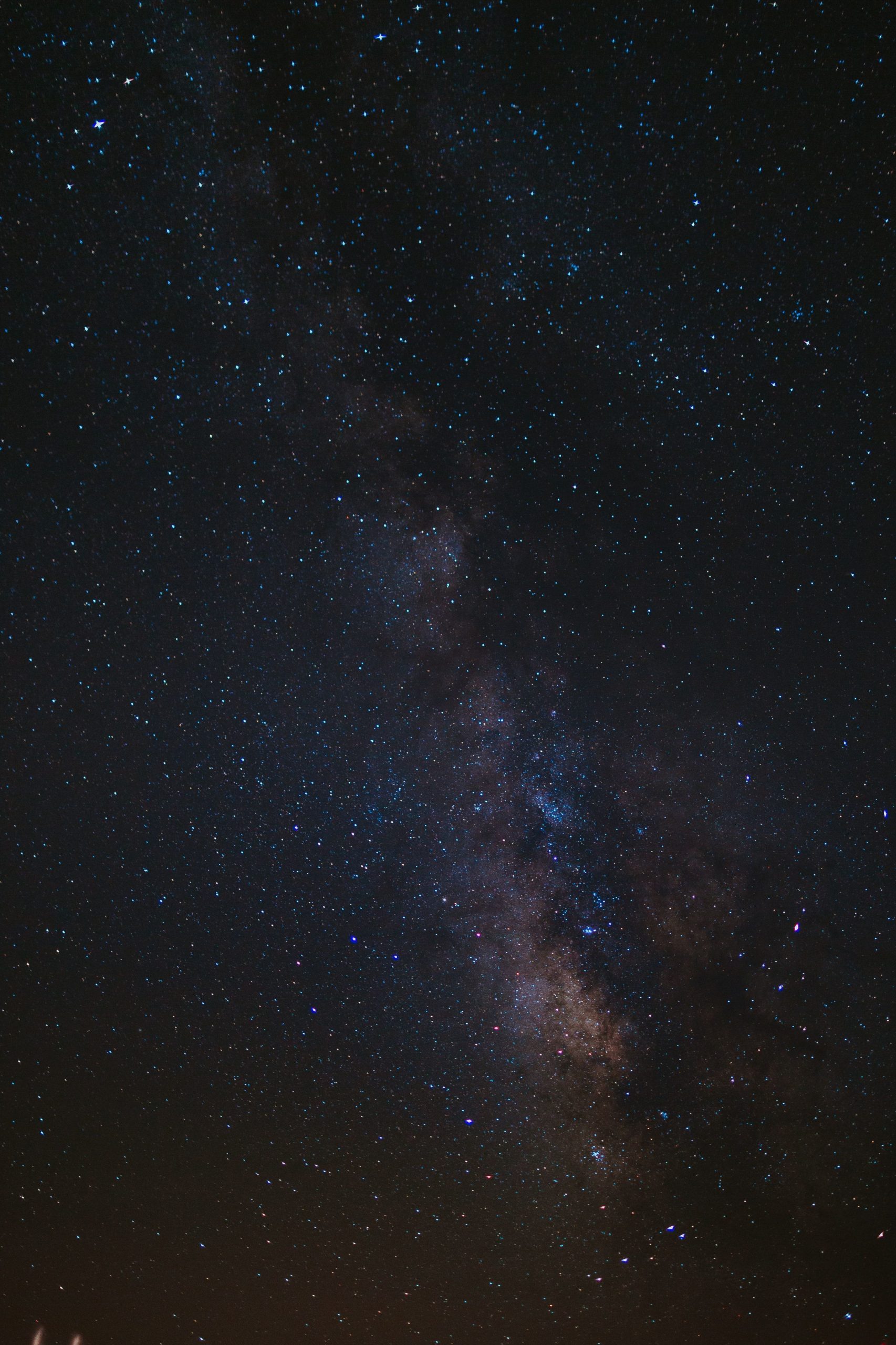NASA‘s Challenger space shuttle was destroyed 37 years ago in an explosion that killed all seven people on board. A large portion of its wreckage was discovered this year by a film crew searching for World War II-era aircraft beneath the Atlantic Ocean. NASA confirmed on Thursday that the wreckage is indeed that of the Challenger, stating that officials reviewed underwater footage off the coast of Florida.
Also Read| NASA’s Cygnus Cargo Mission launches ovarian cells and other experiments to space
While looking for the plane, the divers came across a large man-made object partially covered by sand on the seafloor. Because of the object’s resemblance to a shuttle, its modern structure, and the presence of eight-inch square tiles, the team contacted NASA.
Also Read| NASA’s Artemis I mission delayed as Tropical storm Nicole approaches launch site
NASA Administrator Bill Nelson stated in a press release, “While it has been nearly 37 years since seven daring and brave explorers perished aboard Challenger, this tragedy will live on in our collective memory. For millions of people around the world, including myself, January 28, 1986 still feels like it was yesterday.”
He also mentioned the seven astronauts who were killed in the explosion. “This discovery allows us to pause once more, to honour the legacies of the seven pioneers we lost, and to consider how this tragedy changed us. The core value of safety is – and must always remain – our top priority at NASA, especially as our missions explore more of the universe than ever before.”
Also Read| Lunar Eclipse 2022: Indian cities that will witness the last lunar eclipse of this year
A serious malfunction caused the spacecraft to crash 73 seconds after liftoff. According to a later agency investigation, unexpectedly cold temperatures harmed the integrity of the O-ring seals in the solid rocket booster segment joints.
According to the space agency, all space shuttle components are legally the property of the United States government. For the time being, it remains on the ocean floor while NASA plans the next steps to bring it out.







